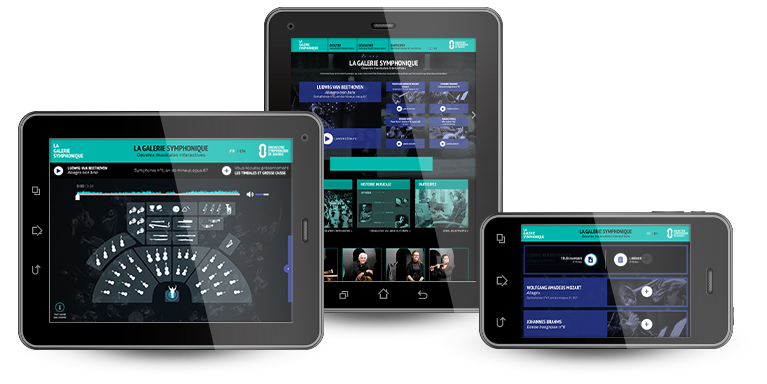


Work
Peer Gynt : Suite n° 1, opus 46 : I. Morning Mood
In 1874 and 1875, Edvard Grieg composed the music for the play Peer Gynt, written by the playwright Henrik Ibsen. The Orchestral Suites No. 1 and No. 2 of Peer Gynt were subsequently created from this music. Specifically, in 1888, Grieg composed Suite No. 1, which was a huge success at its premiere. It is still regularly heard in concert today, as well as being used in cartoon music.
Suite No. 1 consists of four movements, including The Morning, which is intended to be a representation of a sunrise. This first movement is taken from the fourth act of the play. The main theme is first played by the flute and the oboe in alternation. Later, it is taken up by the strings. Throughout the movement, we can hear motives that remind us of the calmness of the landscape, the birds singing or the changing colors in the sky as the sun rises. Let the music guide your imagination as you listen!
Composer

Edvard Grieg
Edvard Grieg is a composer and pianist of the Romantic period. He was born in 1843 in Bergen, Norway, and he died in 1907 in the same city. He grew up in a musical family and studied at the Leipzig Conservatory in Germany. In 1867, he moved back to Oslo, where he founded the Norwegian Academy of Music. In 1894, he received an honorary doctorate from Cambridge University.
Elements of Norwegian folklore are an integral part of Grieg's work. He is recognized as one of the most important figures in Norway today. It was the violinist Ole Bull who, in 1864, introduced Grieg to Norwegian folk melodies and inspired him to use them in his compositions. Among his famous works are Peer Gynt and the Piano Concerto in A minor.
Through the lyricism of his melodies and the innovative harmonies he employed, Grieg inspired many of his contemporaries and successor composers, such as Debussy and Ravel. Ravel even went so far as to state that "not a single one of his compositions is not inspired by Grieg"!



